NFL Helmet Challenge: Making the players safer with advanced technologies
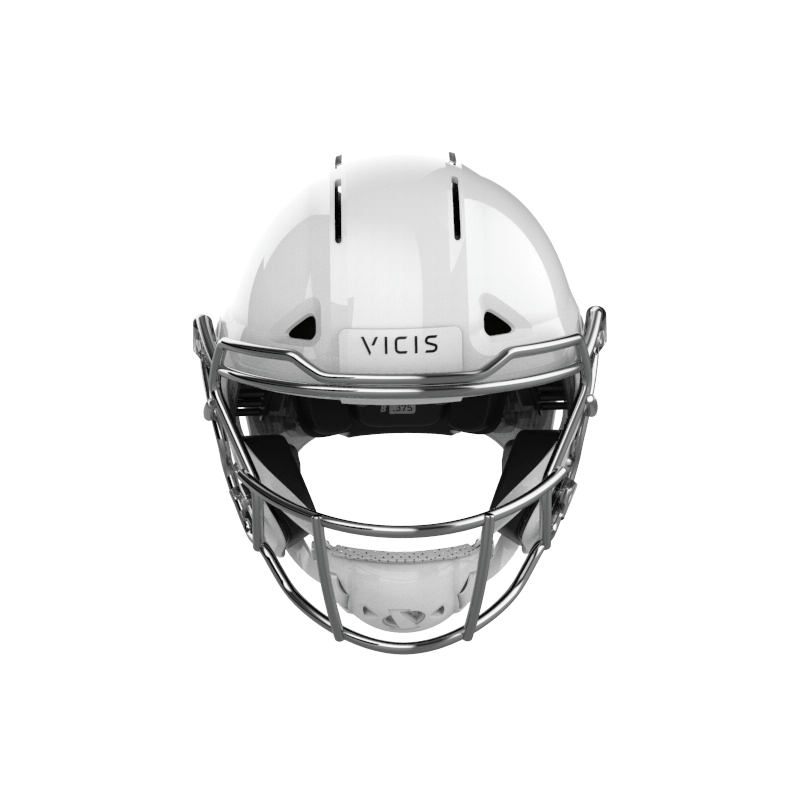
Written by nTop
Published on November 13, 2019
With concussions and brain injuries a growing concern in today's NFL, learn how advanced manufacturing and software like nTop can be used to improve player safety.
There’s nothing more American than watching football all day long on Sunday from the end of August till Superbowl Sunday. Plain and simple: football = America. Is that wrong? I don’t know but what I do know is that football, specifically the NFL, has been plagued with negative PR for some time now. Part of that PR that surrounds the NFL is the sheer amount of chronic traumatic encephalopathy (CTE) found in NFL players. CTE is a degenerative disease that is associated with multiple head traumas, such as concussions, and can only be detected post mortem. Between 2012 and 2018 the average number of reported concussions in the NFL was 244.
Okay, so you might be wondering why we’re covering this topic in the first place. Well, we think along with our software and our partners we can design better helmets to improve player safety. Furthermore, that technology can influence other areas like motorcycle helmets, military gear and other sports helmets.
A little bit of history on CTE and the state of helmets today
In 2012, a class action lawsuit was filed on behalf of more than 2,000 NFL players accusing the NFL of “negligence and failing to notify players of the link between concussions and brain injuries.” Leading up to that filing there were several cases that showed former players suffered brain damage as a result of the game:
- 2002, Mike Webster, former Pittsburgh Steelers player, aged 50, commits suicide. Findings by a forensic pathologist shows CTE.
- 2005 and 2006, same pathologist finds that two more former NFL players who committed suicide, Terry Long and Andre Waters, suffered from CTE.
- 2011, Former Chicago Bears player, Dave Duerson aged 50, commits suicide. Evidence of CTE is found.
The list goes on and on, coming to a head with the autopsy of former New England Patriots player, Aaron Hernandez, showing a severe case of CTE which might have contributed to his widely publicized and tremendous fall from grace. As of today, the helmet industry has not changed much since the 50s and 60s. A helmet is effectively a hard outer shell filled with foam to absorb impact. There is some new technology out there such as Seattle upstart, VICIS, who has designed a helmet which has a soft outer layer and columns inside that absorb energy more efficiently than the traditional helmets we see players wearing. Check out this quick video on their technology. In fact, up until recently, NFL players were playing with the same helmets high school and college athletes were wearing. Although VICIS has been around for a few years there’s something to be said about the number of reported concussions. So what can we do to improve helmet efficacy?

VICIS Helmet. Image taken from VICIS website.
What the NFL, nTop, our partners and you can do
Before I go further, I'd like to point out this is not an attack on the NFL (or the helmet industry for that matter), in fact, the NFL is doing what it can to protect players by enforcing new rules during game play to protect players, helping pay medical bills for former players, investing in research and development to create safer equipment for its players and providing all players with the yearly ranking of helmet performance. Click here to see the 2019 NFL Helmet Laboratory Testing Performance Results In addition, the NFL is kicking off the NFL Football Helmet Challenge in Youngstown, OH on November 13. This two-day symposium will discuss the current state of science around helmets and certain concussions in the NFL. This Challenge is, in effect, the NFL’s way of crowdsourcing knowledge and expertise across the country and globe to make its players safer.
nTop will be there along with some of our partners. One of those partners is Impressio. Lead by CU Denver professor, Dr. Christopher Yakacki, Impressio has patented a way to produce a new polymer, liquid crystal elastomers (LCE). Turns out, when the liquid crystals are aligned they absorb an immense amount of energy. LCEs are highly rate dependent, says Dr. Yakacki, which means that the deformation of the material is dependent on the rate at which loads are applied. So when a player is hit at impact speed (like a tackle) the material stiffens up immediately to absorb that energy rather than having the energy transferred to the head. Super cool, right?
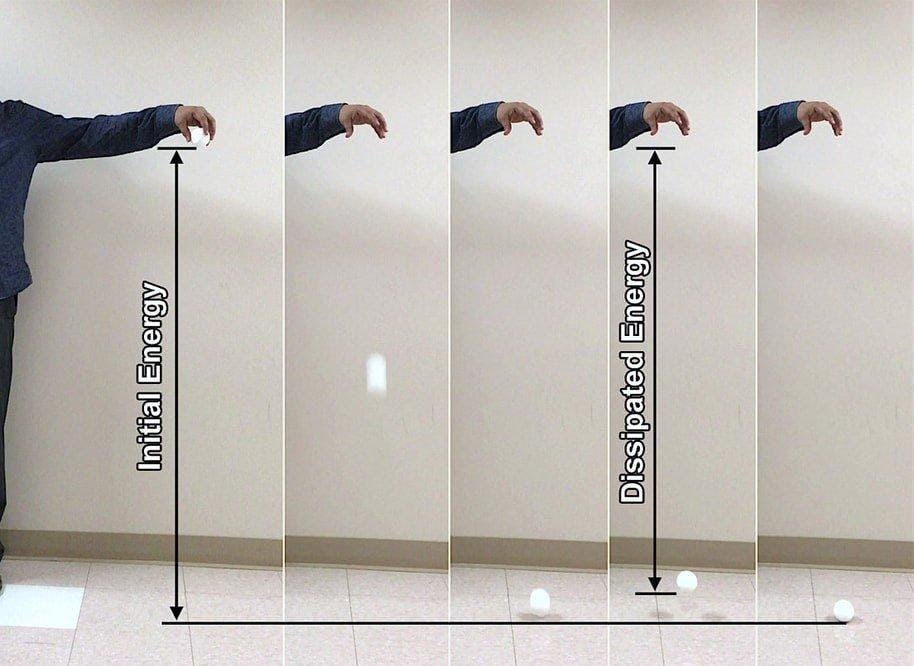
Liquid crystals in the material dissipate energy upon impact. Image taken from Impressio website.
Dr. Yakacki’s team can manufacture the LCEs through 3D printing. They are printed as small pillars or structural columns. In order to get those into the helmet, Dr. Yakacki and his team have found a way to create a lattice based helmet insert with holes in it for LCE pillars to fit right in making them flush with the helmet insert itself. What’s more, they can be placed all throughout the lattice to absorb and dissipate the energy from a high acceleration impact to the head. According to Dr. Yakacki, the number of pillars placed in the helmet can be 30 - 60 depending on the type of helmet (so not just football) and the player position (in the case of football). Additionally, this allows for position specific helmets, which at this point, aren’t on the market. For example, if a position typically receives right side impact then the helmet can have more pillars placed on the right side to help further absorb that anticipated impact. This can then open the door for player specific customization down the road, keeping their heads even safer.
Working with nTop, Dr. Yakacki and his team are able to design those complex lattice helmet inserts, which allow them to rapidly create and test layout patterns for LCE pillars for. His team is confident that along with the lattice design (which also helps absorb energy) and his LCEs they can create much safer helmets than what are on the market today.
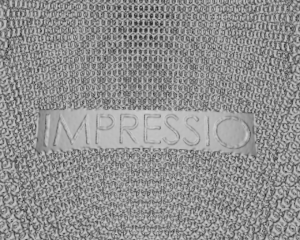
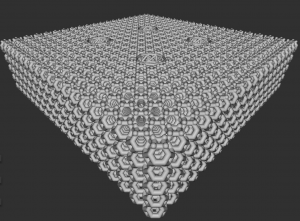
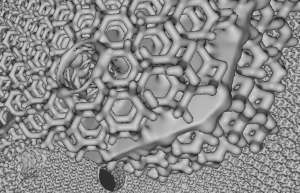
Top to bottom: Impressio branding on helmet interior, material performance characterization sample, lattice layering via Boolean union. All in nTop. Images courtesy of Impressio
What else is out there?
nTop is working with other partners as well to design safer helmets because we believe that our software could hold the key to creating the best helmets on the market. We are looking forward to participating in the NFL Helmet Challenge because we want to see safer equipment created for the players we love to watch on the field all season long. We can’t do it alone and need partners like Impressio to work alongside us. If you’re interested in partnering with us please contact us or request a demo.

nTop
nTop (formerly nTopology) was founded in 2015 with the belief that engineers’ ability to innovate shouldn’t be limited by their design software. Built on proprietary technologies that upend the constraints of traditional CAD software while integrating seamlessly into existing processes, nTop allows designers in every industry to create complex geometries, optimize instantaneously, and automate workflows to develop breakthrough parts and systems in record time.




